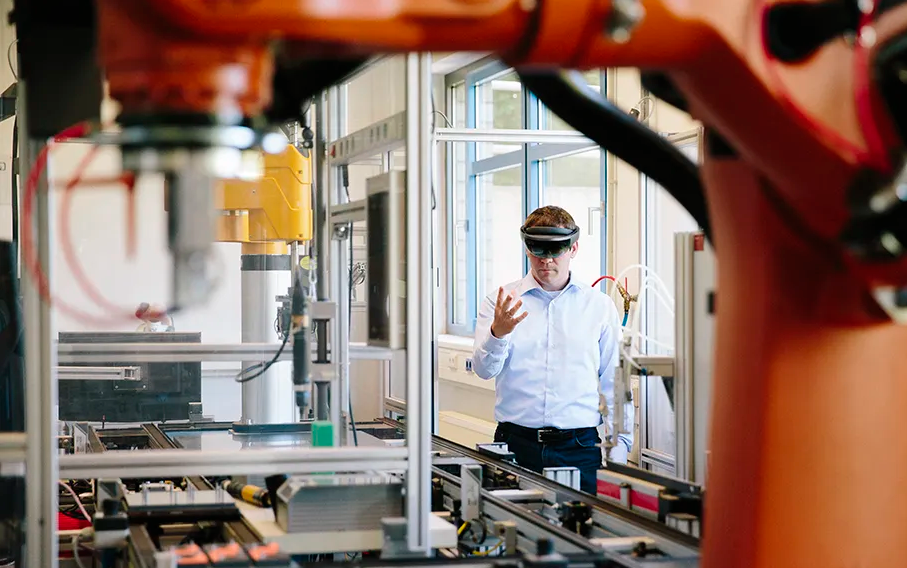How Digital Twins Are Revolutionizing the Manufacturing Industry
Digital twins represent a pivotal advancement in manufacturing. By creating virtual replicas of physical entities, they enable real-time data analysis and monitoring. This capability enhances operational efficiency and minimizes downtime through predictive maintenance. As manufacturers increasingly adopt this technology, questions arise about its long-term implications. What challenges lie ahead, and how will digital twins reshape the industry’s future landscape?
Understanding Digital Twins: Definition and Components
Digital twins represent a transformative concept in the realm of manufacturing, characterized by the creation of a virtual replica of physical assets, processes, or systems.
These virtual replicas enable seamless data integration, allowing for real-time monitoring and analysis.
See also: How Data Visualization Is Changing the Way We Understand Data
Benefits of Implementing Digital Twins in Manufacturing
As manufacturers increasingly adopt digital twin technology, they unlock significant advantages that enhance operational efficiency and drive innovation.
This technology leads to substantial cost savings by minimizing downtime, optimizing resource allocation, and improving product quality.
Real-World Applications of Digital Twins in the Industry
The integration of digital twin technology across various industries has transformed traditional manufacturing practices into more dynamic and responsive systems.
Companies utilize digital twins for predictive maintenance, significantly reducing downtime and operational costs.
Additionally, these virtual replicas enhance supply chain efficiency by enabling real-time monitoring and optimization, ultimately leading to improved product quality and faster decision-making processes.
The applications illustrate a paradigm shift in manufacturing.
Future Trends and Challenges in Digital Twin Technology
While the potential of digital twin technology continues to expand, several emerging trends and challenges warrant careful consideration.
Future advancements promise enhanced interoperability and AI integration, yet industry challenges such as data security and integration complexities persist.
As manufacturers navigate these obstacles, the need for robust frameworks and innovative solutions will be critical in harnessing the true power of digital twins in their operations.
Conclusion
In conclusion, digital twins serve as the compass guiding manufacturers through the complexities of modern production landscapes. By providing real-time insights and predictive capabilities, these virtual replicas not only enhance operational efficiency but also foster innovation and adaptability. As the manufacturing sector continues to evolve, embracing digital twins will be akin to harnessing the winds of change—enabling companies to navigate challenges and seize opportunities in an increasingly competitive market. The future belongs to those who leverage this transformative technology.




